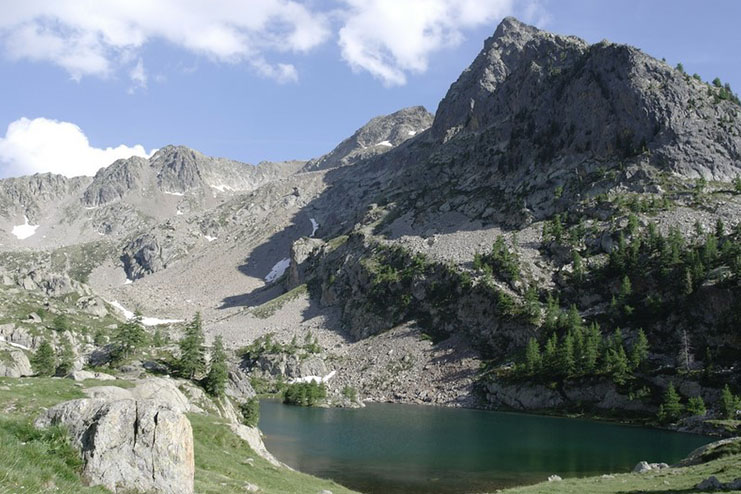xxx
xxx
The cliffs at Solutré are a wonderful limestone escarpment with a distinctive profile. The summit sits at 493m and after some easy
walking offers great panoramic views of the surrounding landscape. The Roche de Solutré is famous for a number of reasons
including its archaeological, geological, wildlife and landscape interest. Like the Vergisson rock cliffs to the north, the rocks are
made of coral type limestone developed in warm seas about 160 million years ago. In more recent geological times, the
continental collisions creating the Alps has caused the Saone Valley to subside and the land to its west to be uplifted and tilted to
the east. The different rock types have been eroded at different rates causing the different landscape profiles.
The prehistoric findings at this site in southern Burgundy are not only some of the most numerous in France but also some of the most important in Europe in terms of bones and tools. The foot of the rocks provided an ideal place for shelter and food for
migrating animals, whilst the rock and scree slopes created an ideal terrain to form natural traps. Man's occupation of the site
during a period of 25,000 years (from 35,000 to 10,000 years BC) was principally linked to hunting animals, whilst the site at the Roche de Vergisson was principally for habitation. As well as the large number of animal bones, such as wild horse, bison, auroch,deer and mammoth, the site also revealed a number of hunting tools such as the Laurel shaped flints created by knocking flakes off to form a razor sharp, two faced stone. It was these discoveries that led to the name Solutrean being given to this type of flint tool.
The open landscape that you'll see on your walking holiday in France is the result of man’s activities, starting with deforestation of the land in pre-roman times. Vines were planted on the moderate slopes, sometimes containing flint, clay and sandy elements.
Imported by the Romans, the vines were maintained in the middle ages by the monks of Cluny. The amount of land covered by the vines in the Burgundy region has waxed and waned over the centuries. The limestone summits and gentle slopes were used to graze goats in small fields, surrounded by dry stone walls. This grazing, plus periodic burning, helped to maintain a dry limestone grassland rich in fauna and flora. With the abandonment of this land after the wars, the grassland is being re-colonised by shrubs and forest.
Self guided walking holidays in the Burgundy region of France will experience a variety of wildlife. The dry nature of the limestone soils on the summits (soils and rocks are very permeable), as well as the altitude at Solutre and Vergisson means that a mixture of mountain loving and Mediterranean species live together. Plants include orchids, saxifrage, fescue, mountain inula, whilst the fauna includes the birds Ortolan Bunting, Nightjar who find refuge in the rocks and grasses, and the Saint Martin Buzzard. There are also butterflies such as the Scarce Swallowtail, crickets and the praying mantis.















